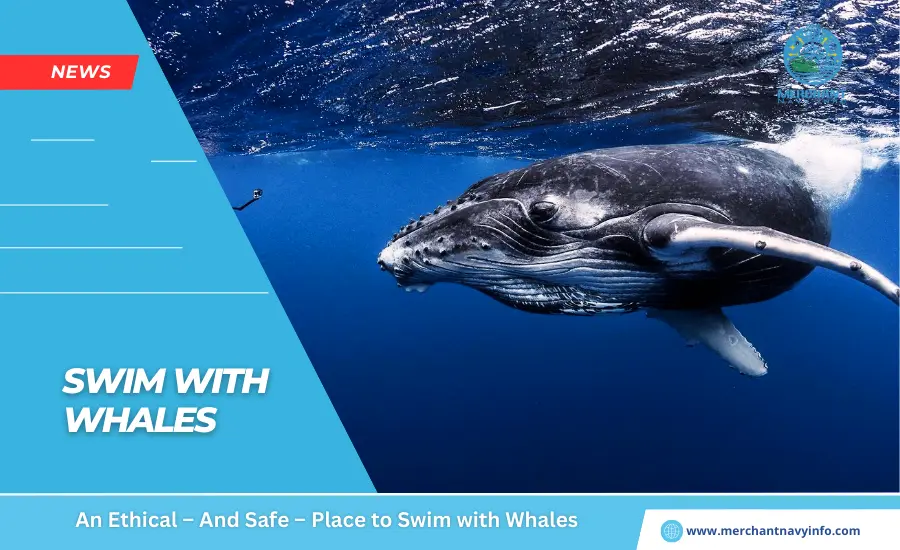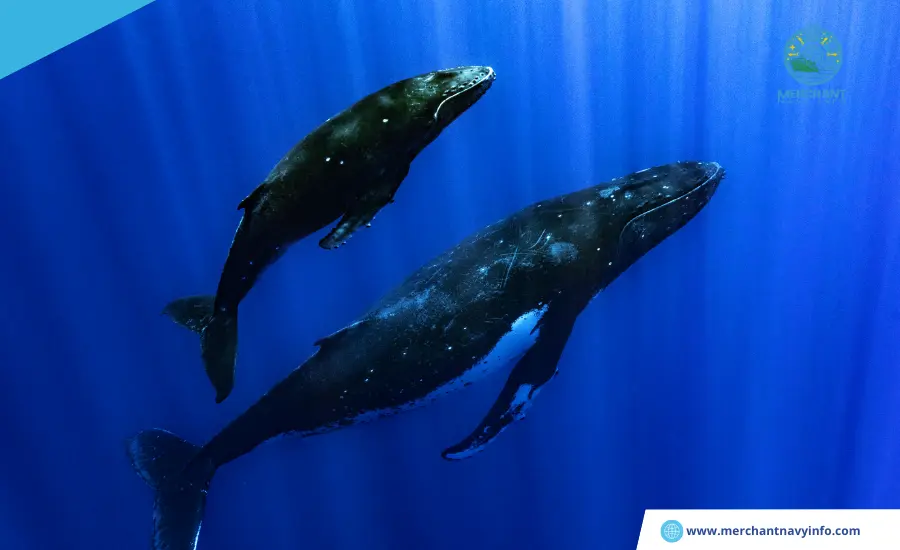
The Islands of Tahiti have long practised the ancient conservation custom of rāhui. They do so to help preserve their maritime spaces and species, including a seasonal refuge for humpback whale.
Over 2,000km of the Pacific Ocean separates the 118 islands and five archipelagos comprising French Polynesia. Meanwhile, idyllic images of overwater bungalows, palm-fringed beaches, and aquamarine lagoons entice many travellers. Still, many travel to this South Pacific paradise for an entirely different reason: to swim with humpback whales.
“I have great respect for the whales because they are part of us here in Tahiti,” says Patea Alexandre. His home island, Moorea, is a prime destination for swimming with the gentle giants. “But the ocean is not Disneyland, and being in the water with them is a privilege.”
Driving whale tour boats professionally since 1998, Alexandre founded Moorea Blue Water a decade later. He says his small-group excursions are usually booked by word of mouth. “The moment of eye contact is unforgettable. One minute, the water is filled with nothing but light rays, and then suddenly, a silhouette appears from the deep blue, ascending gracefully toward you,” he tells me, describing a humpback experience. “Swimming with whales is not just an adventure; it’s a profound encounter that stays with you forever.”
Once devastated by commercial whaling, whale populations have made a remarkable comeback. Whale-watching tourism generates more than $2bn annually worldwide. Although most whale-watching operations recognise the need to protect whales and respect the animals and regulations. In some places, illegal operators compete to take tourists as close to the whales as possible. This can disrupt regular feeding and resting behaviours and cause a drop in the area’s population numbers due to stress.
Where to See Whales
Moorea is the most popular and easily accessible for day trips. September and October are the best months to visit Rurutu, while the Tahiti Iti peninsula often has a larger grouping of whales in November.
Tonga, Australia and the Dominican Republic also permit “free swimming” encounters with different species of migratory whales. Along with corresponding state and federal governing bodies, manage how activities are conducted. Still, French Polynesia has developed some of the strictest regulations to protect its whale populations during tours. Boats must stay 100m away and swimmers 30m, with limited group sizes and capped interaction times to minimise stress on the animals during low-impact encounters.
In contrast, swimmers in the Kingdom of Tonga can approach whales up to 5m and boats up to 10m. Many experts believe these distances are too close for the whales’ well-being and, after instances of direct contact leading to injury, the swimmers’ safety.
“Being able to offer this once-in-a-lifetime experience is exceptional, but we do so with the utmost respect for the whales and their sanctuary here,” says Vaihere Lissant, chief marketing officer at Tahiti Tourisme.
French Polynesia may have set the benchmark for ethical whale-swim tourism but proposed new guidelines for 2025. The aim is to make encounters even more wildlife-friendly by reducing the number of swimmers per boat. Captains like Patea, who will limit his group size to four swimmers in accordance, welcome the changes.
Beyond Spectacle, Polynesian Tradition Protects Whale

Famous for their haunting “song“, dramatic breaches, and performative tail fluke slaps, humpback whales are often considered the stars of the whale-watching world. For many, being in the presence of a 40-ton humpback and her calf underwater affords an otherworldly opportunity to witness the magnificence of nature. This humbling experience can also help advocate for marine conservation. However, natural resource conservation and preservation have always been central to the Polynesian way of life. This harmony with nature is all part of Mana – the spiritual force connecting all living things on land and sea – a key example of which is the tradition of rāhui, which involves placing temporary “no-take” restrictions on harvesting or fishing designated areas that, in turn, allow ecosystems to regenerate.
“Rāhui is a form of sustainable community resource management,” explains Dr Hervé Ra’imana Lallemant-Moe, special advisor for environmental affairs to the Government of French Polynesia. “The term means ‘to gather after prohibition’ and was used in pre-European Polynesian island societies across the Pacific but is still relevant today because it puts everyone in charge of safeguarding our land and marine spaces.”
Adopted by the Islands of Tahiti as part of its sustainable ecotourism practices, including responsible wildlife encounters, a modern interpretation of rāhui was applied on a major scale in 1996. It was the time when French Polynesia banned industrial fishing within its Exclusive Economic Zone (EEZ). A 1.9-million-square-mile expanse of territory waters equivalent to the landmass of the European Union. Along with line fishing, it is reserved solely for the Polynesian fishing fleet. Then, in 2002, the Islands of Tahiti created the world’s largest marine mammal sanctuary. A “no-take” zone for protected marine mammals with additional legislation protecting sea turtles, rays and 21 shark species within the EEZ.
Rules for Swim-with Encounters
A staunch advocate for whale protection, Poole spent a decade garnering community support and governmental action that led to the sanctuary’s establishment. He also created three cetacean rest areas, a No-Take Marine Protected Area on Moorea, and French Polynesia’s first whale-watching tours in 1992.
Bays, passes, and lagoons are off-limits, so you must be comfortable with (and capable of) swimming in the open ocean. Each small group encounter should be limited to 15 minutes at a time or less in the presence of newborns. Never separate a mother and her calf or block a cetacean between the reef and land.
Poole’s boat-based Dolphin and whale whale-watching expeditions help support an ongoing Marine Mammal Research Programme. He runs this programme with visiting students to collect data on whale populations and behaviour. “Our photographic, acoustic, and genetic databases have tracked the same whales for more than three decades on journeys from French Polynesia to Antarctica. Also other breeding areas in the South Pacific,” he says.
A Whale Encounter Beyond Size
Encountering humpback whales in the wild with respected guides like Poole and Patea is a fantastic way to learn about these long-distance travellers and virtuosos of the deep. Their migrations are one of the longest of any mammals. Their haunting songs are some of the most complex vocalisations in the animal kingdom. Yet, it’s also a great way to learn about their significance in Polynesian culture and why they return to Tahiti each austral winter. Beyond their essential role in the lifecycle of ocean ecosystems, the whales have an immemorial cultural and cosmogonic dimension, says Hiriata Millard, vice president of staff at the vice presidency, in adopting French Polynesia’s recently updated whale regulations.
“The return of these mythical beings in the waters of Te-Moana-nui-a-Hīvā, a respectful term for the Pacific Ocean. The season of Matāri’i-i-raro signalled the entry into a time of maturity of products from land and sea, in that of wisdom and access to great knowledge. This long-awaited great journey of these giant ocean creatures is the promising omen of happiness and joy to come.”










